Fireworks are a magical way to light up the night sky, and the colors they produce never fail to amaze. If you've ever wondered what element makes purple fireworks, you're in the right place.
In this article, we'll dive deep into the chemistry behind this vibrant hue and explain the elements that create it.
Whether you're a DIY enthusiast planning your next big display or just curious about how fireworks get their stunning colors, we've got you covered.
We'll explore how purple fireworks are made, the elements involved, and the process that goes into achieving such a captivating color.
So, if you're ready to uncover the science behind purple fireworks and understand what goes into making them so dazzling, continue reading!
What this article covers:
- The Science Behind Firework Colors
- Elements Responsible for Purple Fireworks
- How Strontium and Copper Are Combined to Create Purple Fireworks
- Alternative Methods and Innovations
- Safety and Environmental Considerations
The Science Behind Firework Colors
The vibrant colours in fireworks are the result of carefully controlled chemical reactions. At the core of this visual magic are metal salts, which emit specific colours when heated.
Each metal compound produces light at a unique wavelength—strontium creates red, copper produces blue, and magnesium gives off bright white, for example.
When a firework explodes, intense heat excites the electrons in these metal atoms. As the electrons return to their resting state, they release energy in the form of light, and the colour depends on the specific element involved.
Two key processes create these effects: incandescence and luminescence. Incandescence occurs when substances are heated until they glow, contributing to some of the sparkle and white-hot flashes in fireworks.
Luminescence, on the other hand, produces light without requiring the material to be red-hot. This is the primary driver of the bright, saturated colours seen in most firework effects.
Together, these processes—combined with the unique properties of each element—give fireworks their stunning and unforgettable colours.

Elements Responsible for Purple Fireworks
Strontium Compounds for Red Hues
Strontium compounds are commonly used to produce red hues in fireworks. Strontium salts, like strontium carbonate and strontium nitrate, are heated to produce a deep, rich red color.
These elements are essential in fireworks because they create such a vibrant, eye-catching red that complements other colors in a display.
Copper Compounds for Blue Hues
So, what makes fireworks blue? Copper compounds are responsible for creating the blue hues in fireworks.
Copper salts like copper chloride and copper oxide are used to create blue light.
Blue is a more challenging color to achieve because it requires a very high temperature, and copper compounds help to produce a bright, crisp blue that stands out in the sky.
How Strontium and Copper Are Combined to Create Purple Fireworks
Creating purple fireworks is all about precision and balance. Since purple is a blend of red and blue light, firework makers combine strontium compounds (for red) and copper compounds (for blue) to achieve the desired hue.
But getting the perfect purple isn’t as simple as mixing equal parts—too much of one element can result in a muddy or distorted color.
To produce a clean, vibrant purple, manufacturers carefully fine-tune the ratio of strontium to copper, taking into account factors like burn temperature, fuel type, and ignition timing.
These variables all affect how each element performs during combustion.
Mastering this blend requires both scientific understanding and practical experience, which is why vivid, professional-grade purple fireworks are considered a true mark of pyrotechnic expertise.
Achieving the right balance between these two elements is crucial for creating a clean and vivid purple color. Small adjustments in the chemical mixture can make a big difference in the final result.
Alternative Methods and Innovations
Firework makers are always looking for new ways to improve the colors and effects in their displays.
Over time, there have been advancements in the chemistry of pyrotechnics, which has led to the development of new techniques and compounds for achieving better colors.
Use of Potassium and Rubidium Compounds
In addition to strontium and copper, other metals like potassium and rubidium are also used to create unique firework colors.
Potassium compounds can produce lavender or light purple hues, while rubidium is used for deep purple shades.
These metals, though not as common as copper and strontium, offer more variety for pyrotechnic displays and allow for even more vibrant colors.
Advances in Pyrotechnic Chemistry for Enhanced Colors
Pyrotechnic chemistry has advanced considerably in recent years. New compounds and techniques are constantly being developed to improve the brightness, duration, and clarity of firework colors.
Scientists and pyrotechnicians are experimenting with different elements and compounds to create even more vibrant colors, including richer purples, deeper blues, and more intense reds.
These innovations help make each firework show more stunning and memorable.
Safety and Environmental Considerations
With the excitement of fireworks also comes the responsibility of handling and storing them safely. Proper care and safety precautions must be taken when dealing with fireworks and their chemical ingredients.
Handling and Storage of Strontium and Copper Compounds
Strontium and copper compounds should be handled with care, as they can be hazardous if not stored properly.
These compounds must be kept in a cool, dry place and away from direct sources of heat or moisture. When working with fireworks, always ensure that you follow safety guidelines to minimize risks.
Red Apple Fireworks prioritizes safety, ensuring that all of our products meet strict quality and safety standards.
Environmental Impact of Metal-Based Colorants
While fireworks are a beautiful way to celebrate, it’s important to consider their environmental impact. The metals used in fireworks, including strontium and copper, can contribute to pollution when they are not disposed of properly.
Pyrotechnic companies are working to develop greener alternatives, but it's always a good idea to use fireworks responsibly and dispose of them in an eco-friendly way.
Conclusion
Purple fireworks are a stunning visual that can transform any celebration into something extraordinary.
Achieving the perfect shade of purple requires a delicate mix of chemistry and craftsmanship, with strontium and copper compounds working in harmony to create that rich, vibrant hue.
Whether you're lighting up the night for a special occasion or adding that wow factor to a holiday event, understanding the science behind these colorful explosions enhances the overall experience.
At Red Apple Fireworks, we’re committed to delivering high-quality, professional-grade fireworks that ensure your celebration stands out.
If you're looking for spectacular fireworks to go with your next special occasion or holiday, look no further than our novelty fireworks and cake fireworks collection.
Ready to take your fireworks experience to the next level? Join our membership Club Red Apple® and save up to 25%!
As a member, you’ll unlock explosive benefits and access exclusive deals year-round. Don’t miss out on the chance to make your next event unforgettable with the best fireworks in the industry.
Visit Red Apple Fireworks today and let us light up your world with dazzling colors and stunning effects.
If you want to learn more, check out these articles below:
- What Element Will Give Fireworks Their Yellow Color
- Which Metal Ion Is Responsible for the Red Firework
- When Were Fireworks Invented?
- First American Fireworks
- Facts About Fireworks
- Why Do Celebrate with Fireworks?
- Why Were Fireworks Important in Ancient China?
- How Does a Firework Work?
- What Chemicals Are Used in Fireworks?
- What Minerals Are Used to Make Gold Sparks Fireworks?
- What Three Processes Cause Fireworks to Emit Light?
- What Problem Occurs If the Firework Mixture Is Not Pure?





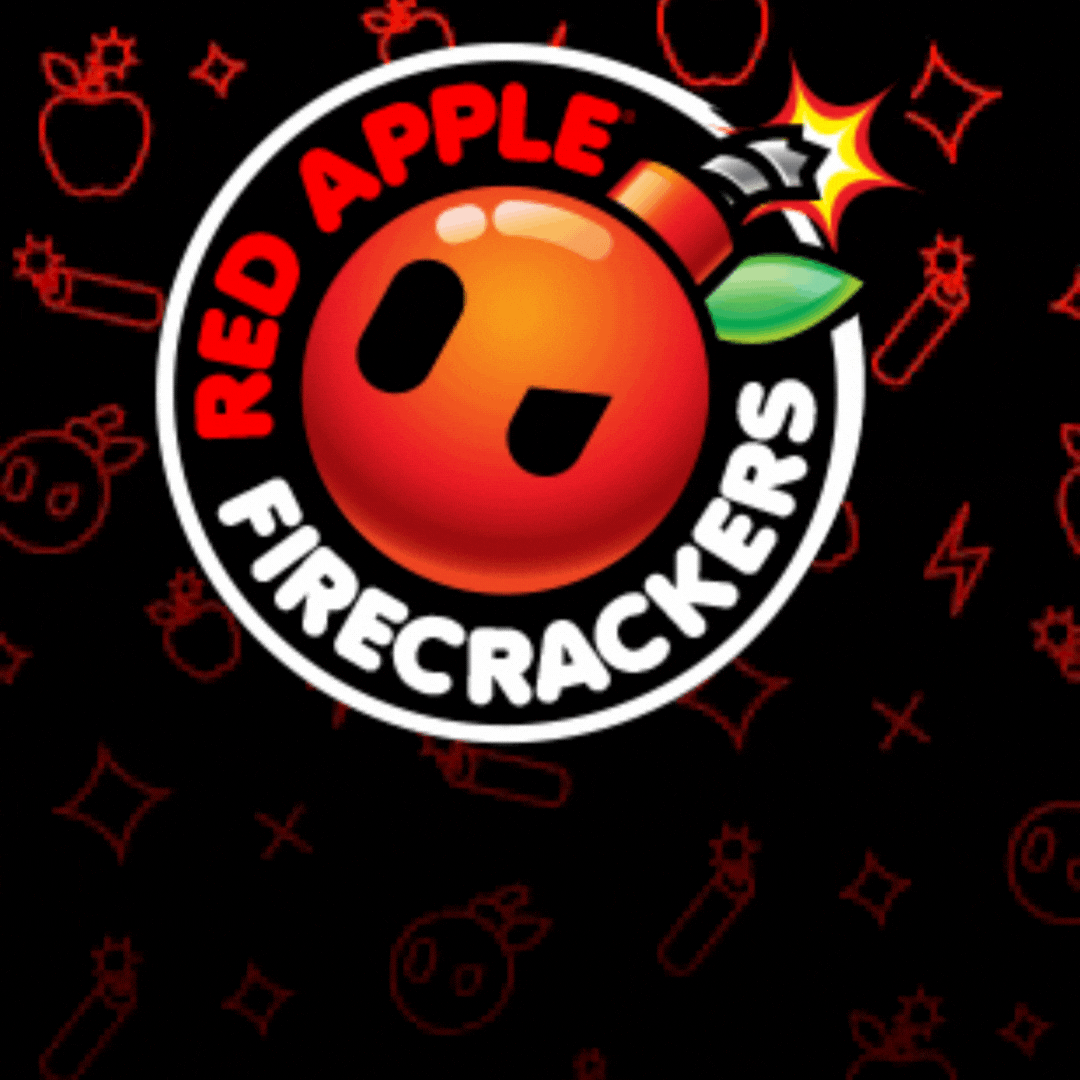

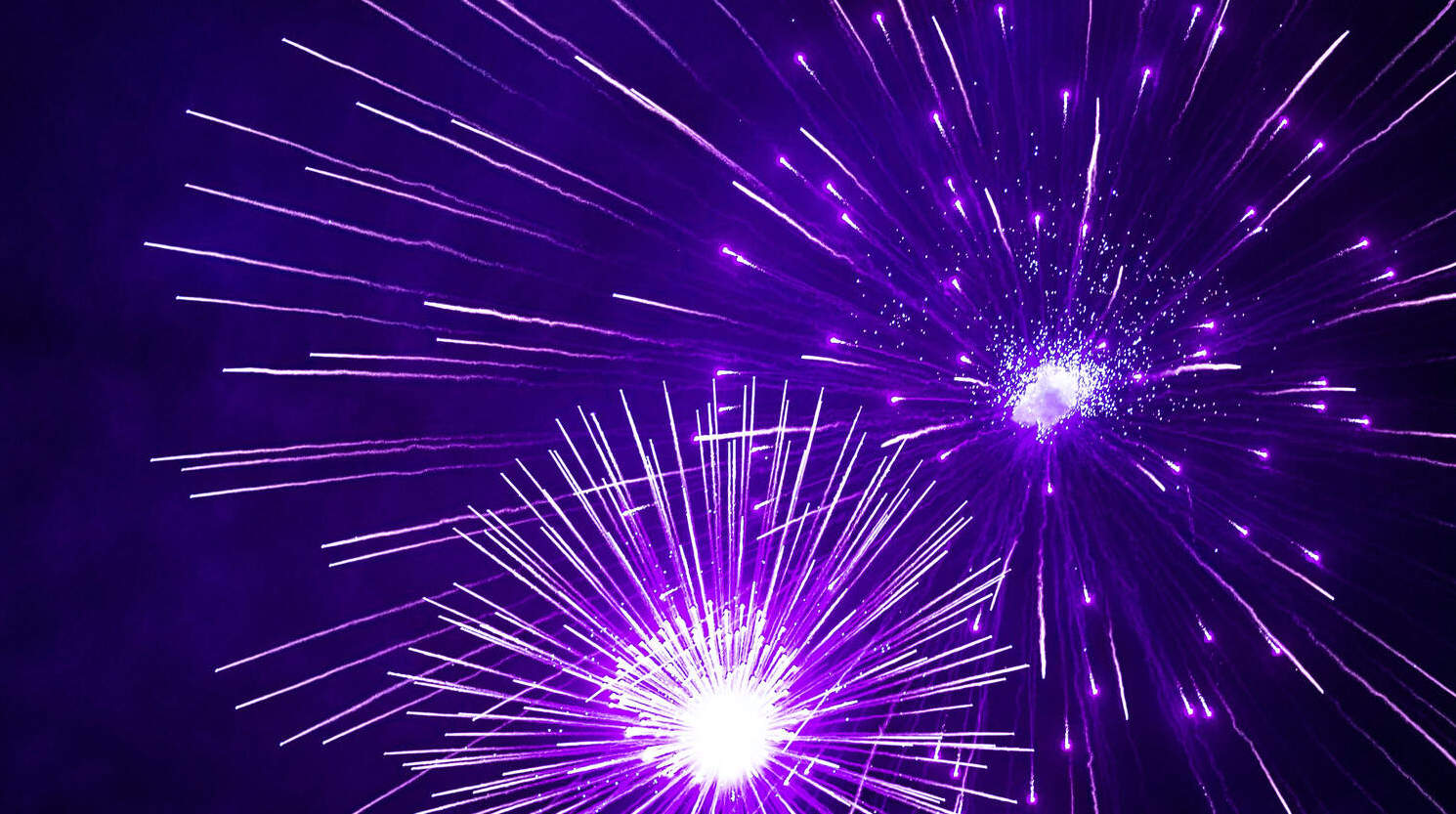


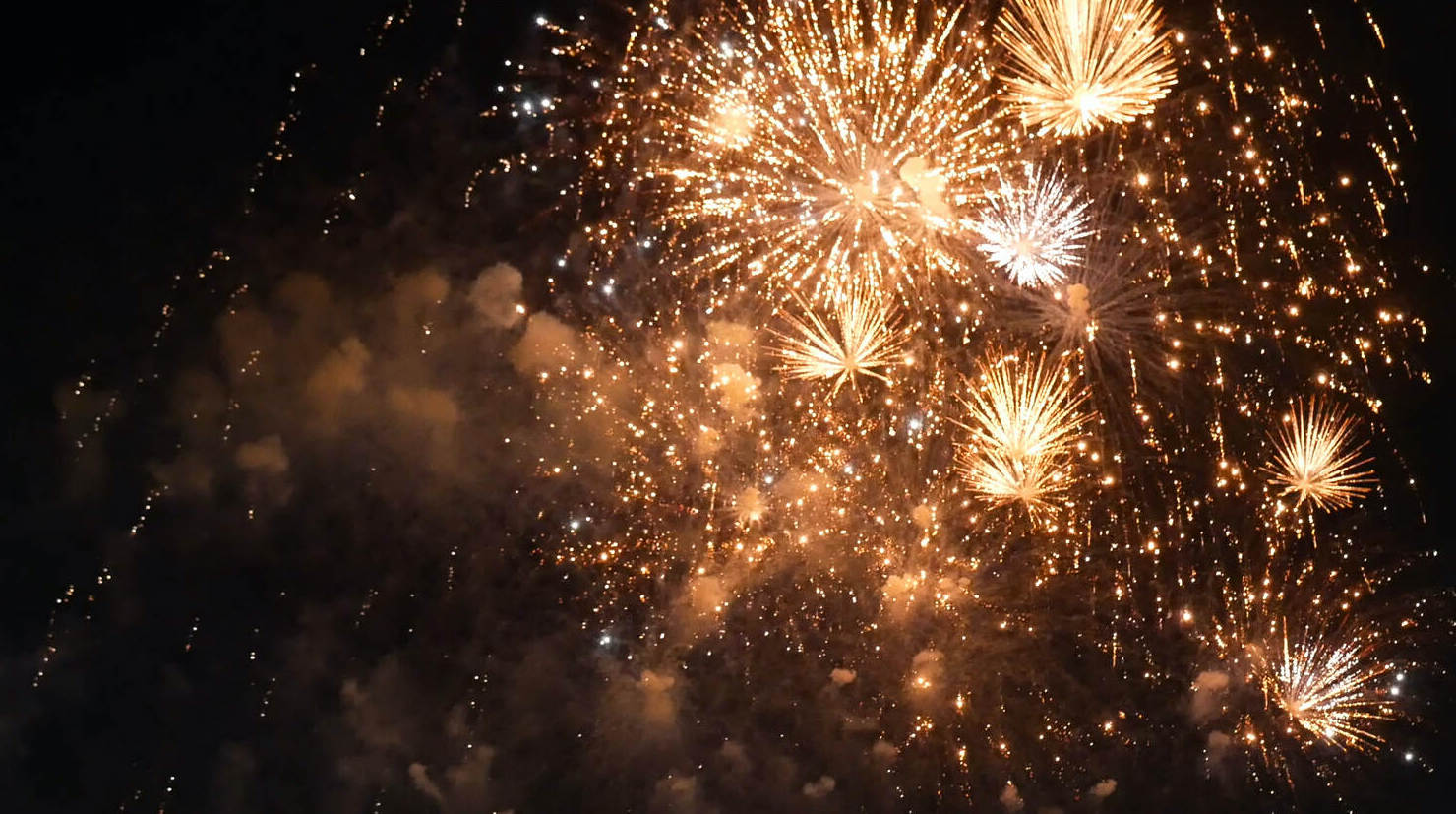

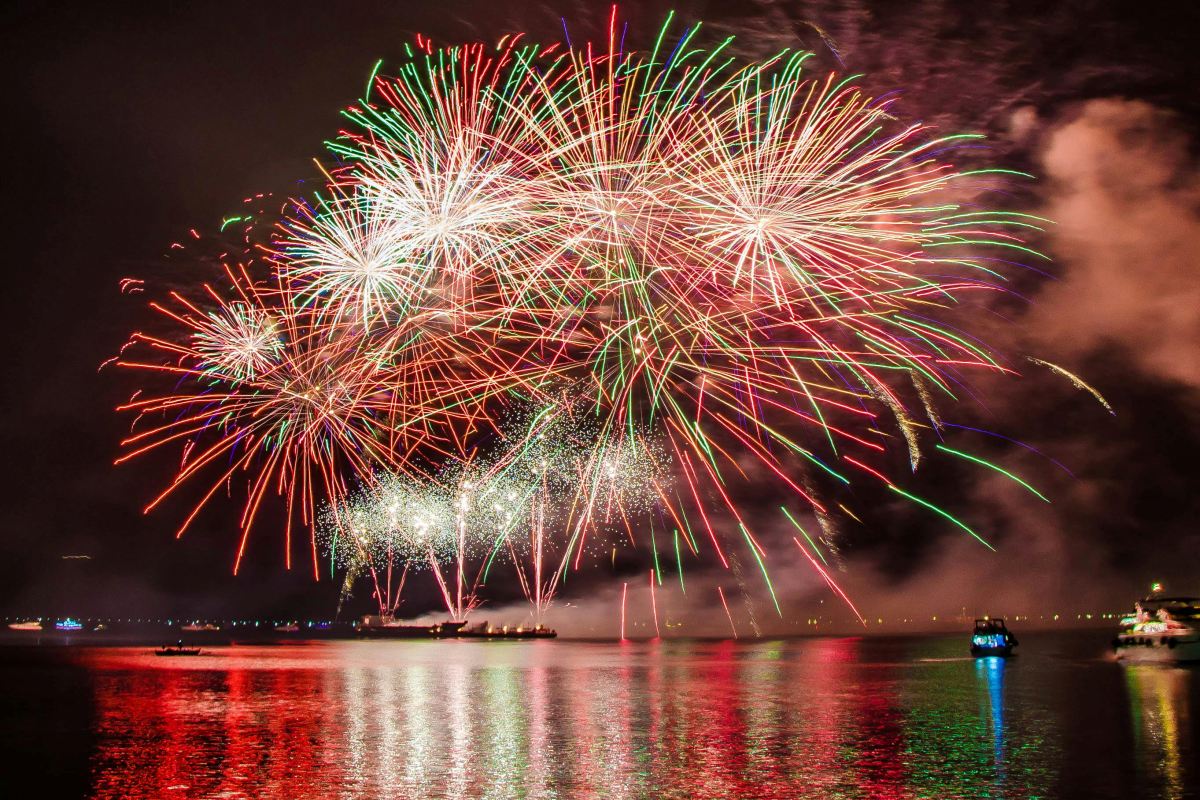
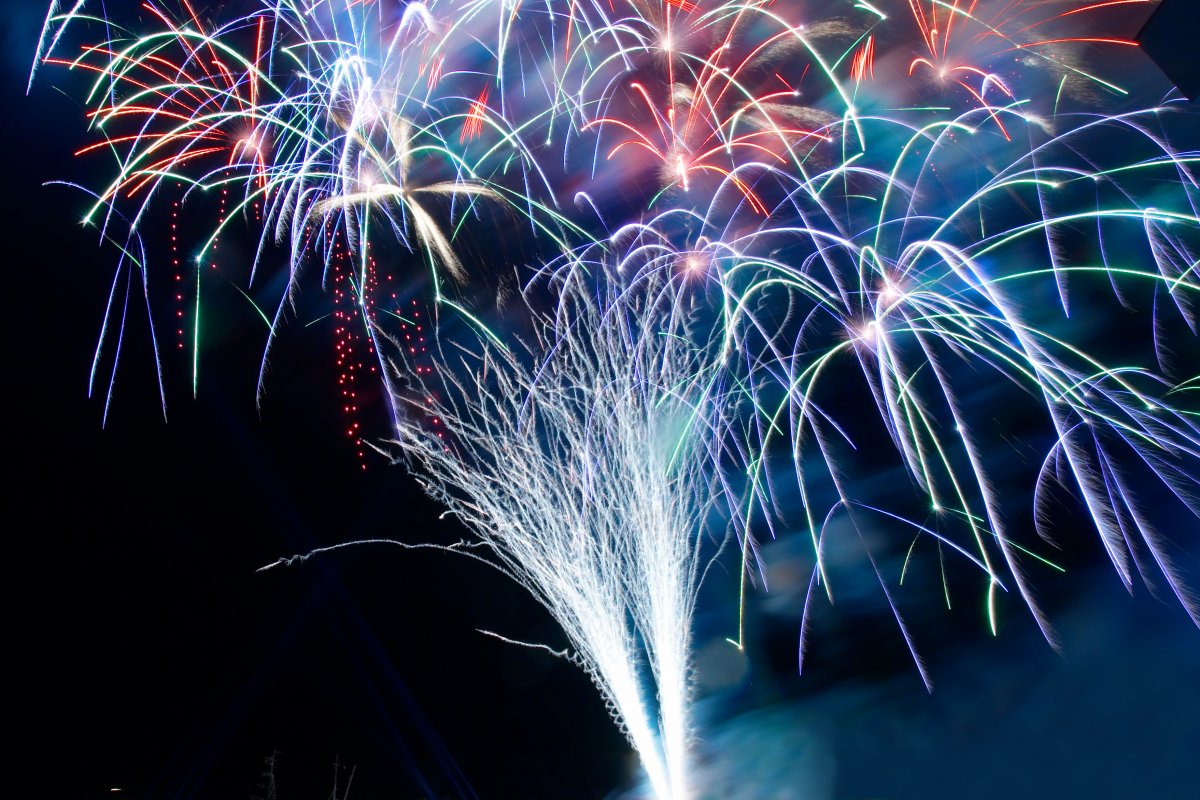
Leave a comment
All comments are moderated before being published.
This site is protected by hCaptcha and the hCaptcha Privacy Policy and Terms of Service apply.